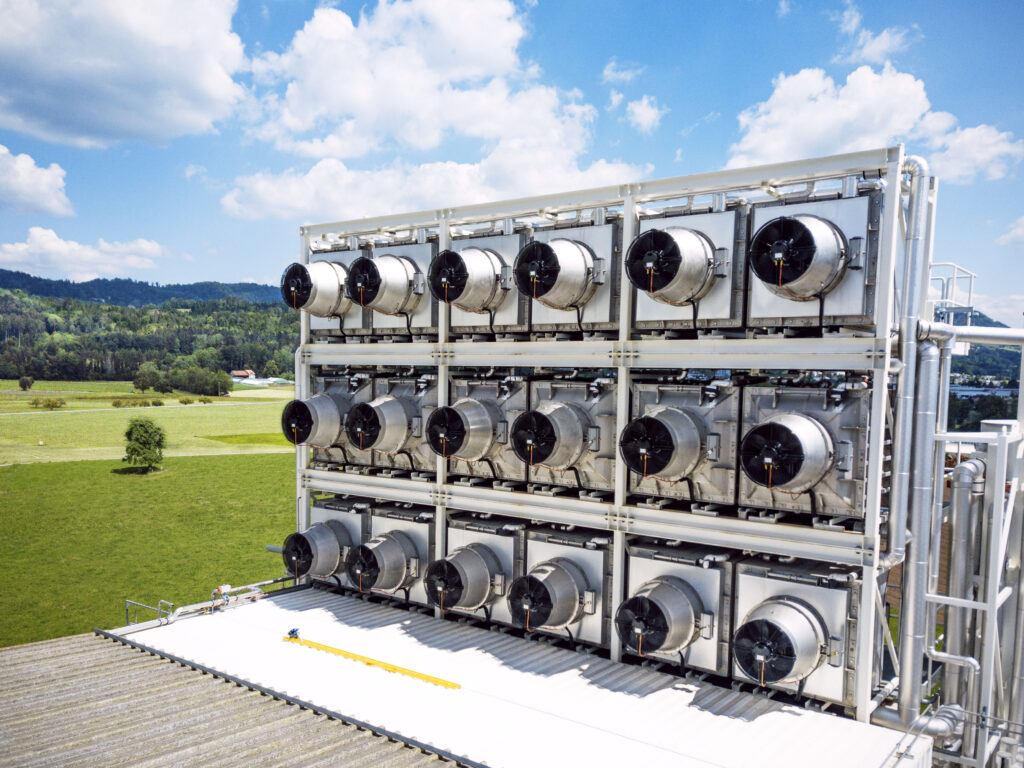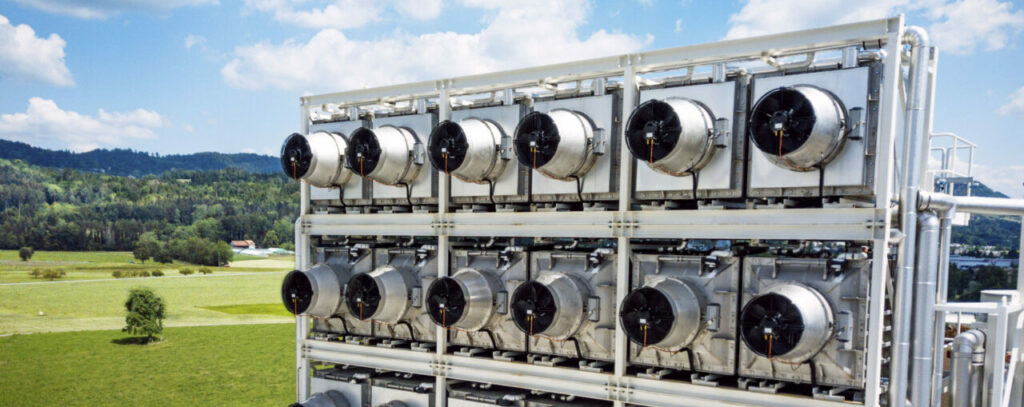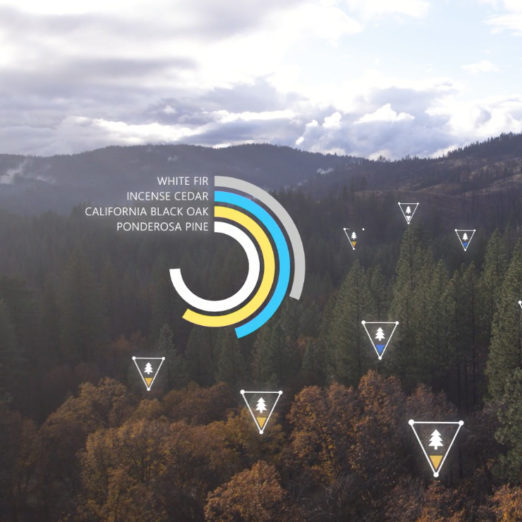This post is part three in a series about climate change, the role of carbon offsetting in emissions management, and the legitimacy of nature based pathways to atmospheric carbon removal. You can find part one here and part two here.
—
In part 1 and 2 I tried to establish that climate change is happening, humans have an impact on it so we should be managing our emissions profiles, and offsetting can be a way to support a livable future.
Speaking of the future – this is part 3. I am going to be future focused here, because I believe that as the carbon market matures and more people understand how to offset emissions in a truly impactful way, the supply of high quality offsets will diminish. The additionality (or lack thereof) in avoidance projects will likely start to disqualify many of the existing nature-based approaches and efficiency based reductions projects will become best practice – eliminating their need for support from the carbon market. (see part 1 for definitions of avoidance and reductions projects).
—
So What’s Left?
Where will that leave us in terms of projects that stand up to the considerations and scrutiny outlined in part two of this series? Carbon removal projects. The options are minimal, but definitive – and world leaders are making this known. The Paris accords provided more structure and context around the concept of Net-zero – pushing towards more transparency and a holistic approach to emissions management. The UN led Science Based Target Initiative urges companies to limit offsets to projects that actively remove carbon. Chapter 2 of the 2019 IPCC report stated that all analyzed pathways to limiting global warming to 1.5 degrees are reliant on some sort of carbon removal. In the private sector, sustainability leader Microsoft is investing millions every year to offset their emissions and support the development of carbon removal technologies.
—
We need to remove carbon
Three examples of high quality carbon removal approaches are Direct Air Capture (DAC), Carbon Capture Utilization and Storage (CCUS), and Nature-Based Carbon Removal (NBCR).
Carbon Capture Utilization and Storage (CCUS) – Involves the capture of CO2 from large point sources, including power generation or industrial facilities that use either fossil fuels or biomass for fuel. The CO2 can also be captured directly from the atmosphere. If not being used on-site, the captured CO2 is compressed and transported by pipeline, ship, rail or truck to be used in a range of applications, or injected into deep geological formations (including depleted oil and gas reservoirs or saline formations) which trap the CO2 for permanent storage. For more information click here.

Carbon Capture Utilization and Storage (Clean Energy Ministerial)
Direct Air Capture (DAC) – DAC technologies extract CO2 directly from the atmosphere. The CO2 can be permanently stored in deep geological formations (thereby achieving negative emissions or carbon removal) or it can be used, for example in food processing or combined with hydrogen to produce synthetic fuels. For more information click here.


Direct Air Capture (Climeworks, Zurich Switzerland)
CCUS and DAC are going to be critical tools in surviving the climate emergency. They offer a predictable, controllable process that has a clear pathway to scalability.
BUT…
The climate crisis is more than emissions management – enter unprecedented biodiversity loss.
Do we want a future that is livable, but grey and mechanical? Or a livable future with abundant biodiversity, resilient ecosystems, and flourishing habitats? When we look at carbon removals, we need to consider the co-benefits as well. So let’s talk a bit about nature and it’s role in developing a stable, diversified sustainability portfolio.
—
Nature-based carbon removal
That brings us to Nature-Based Carbon Removal (NBCR) which leverages the natural ability of healthy ecosystems to draw carbon from the atmosphere and store it in organic material (trees, shrubs, soil, etc). Forests are really good at this. Remember, I’m not talking about avoided deforestation here because not cutting trees down isn’t additive. Canada is uniquely positioned to implement NBCR on a large scale given our land-mass, strong regulatory guidelines, progressive policy, and rich history in nature. When done properly, NBCR projects contribute holistically to the landscape with co-benefits such as:
Re-establishing Wildlife corridors – Strategic deployment of NBCR projects in fragmented landscapes create critical wildlife corridors that restore the migratory and natural hunting patterns of Canadian wildlife.
Mitigating Natural Disasters – Fire is a natural part of the lifecycle in a forested landscape. It offers a sort of “reset” and redistributes resources that stimulate new growth. However, with the climate in many forested areas becoming hotter and drier, the risk of wildfires causing extreme harm to people and the planet has greatly increased. Combine the increased impact of wildfires with more frequent extreme weather events and the result is the catastrophic landslides that were witnessed in BC in 2021. Properly established forests are more resistant to wildfires and roots create stability in the landmass to resist breakaway events and minimize the impact of flooding and erosion.
Becoming forever forests – When proper forest structure (canopy, understory and everything in between) is established and stewarded using best practices for forest management, they are able to progress through natural successional stages forming complex inter-connected ecosystems that are resilient over time, establishing the old growth forests of the future.
Social well-being – Forests have many cultural benefits, including support of spiritual, religious, and aesthetic values. They also contribute to recreational opportunities, ecotourism, and job creation. Most people have an intrinsic connection to nature that they want to protect into the future.
For more information on NBCR from a local perspective click here.

Nature-based solutions, if done properly, provide numerous biophysical co-benefits like providing critical habitat for wildlife.
—
Now What?
CCUS and DAC are expensive – but they need investment to advance the technology and reach their potential. Nature-based carbon capture has some uncertainty, but the co-benefits and enduring value of biodiversity and ecosystem restoration are critical in making sure the future is not only livable but enjoyable.
As you (hopefully) start looking at potential emissions management pathways, I would encourage you to remember that these decisions are opportunities to tell your story. The types of projects you invest in and the stakeholders they benefit can align with the character of you and/or your organization and have a more profound impact on how you navigate the future. These stories are engaging and can elevate you as one of the leaders in the space – something we desperately need more of.
In part 4, the last of my current musings, I will tell you one of these stories and provide a tangible pathway for you to engage with, if it aligns with your values.
– Dave






